
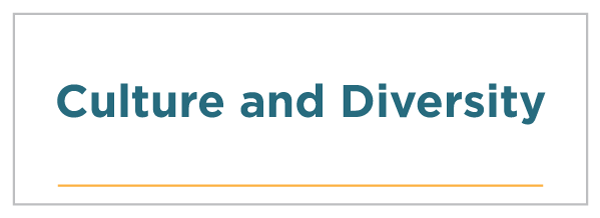 |
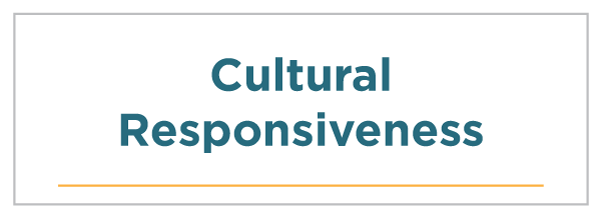 |
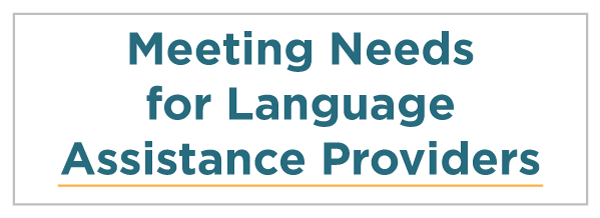 |
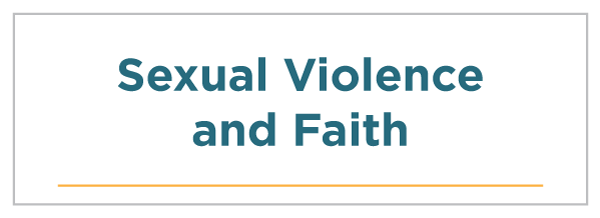 |
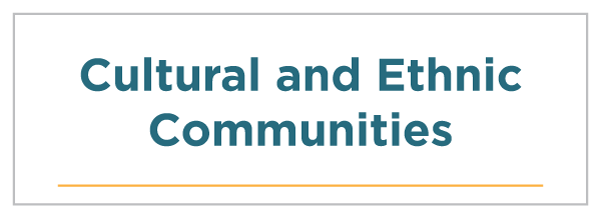 |
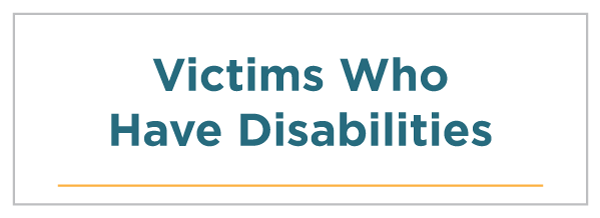 |
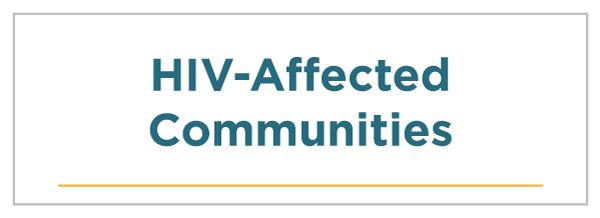 |
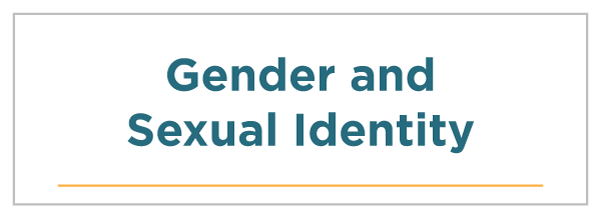 |
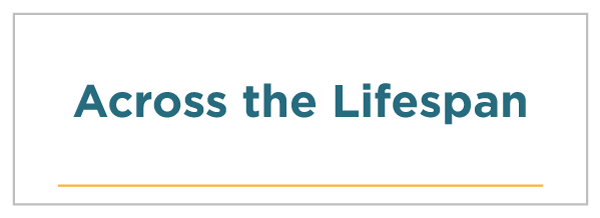 |
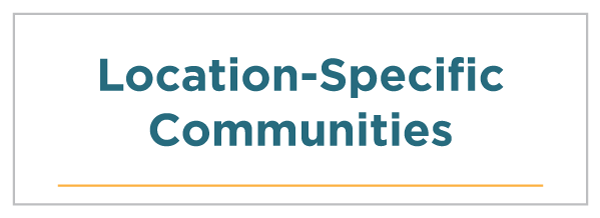 |
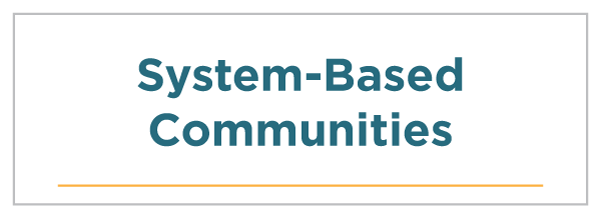 |
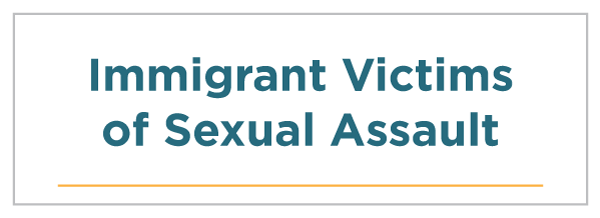 |
Individuals living with HIV who are sexually assaulted deserve the same culturally relevant, trauma-informed, and victim-centered care as all victims. SARTs have an important role in developing system responses that ensure victims living with HIV do not experience discrimination in the services and supports they receive.
In 2013, approximately 1.2 million people aged 13 and older were living with HIV infection in the United States, including an estimated 161,200 (13 percent) whose infections had not been diagnosed. [172] Individuals who are sexually assaulted may not know their HIV status at the time of the assault.
HIV and AIDS disproportionately affect certain segments of the population including people of color, youth, and residents of developing and poor areas due largely to gender, racial, social, and economic inequities. [173] The National Coalition of Anti-Violence Programs identified 24 bias-related homicides of LGBTQ or HIV-affected people in 2015, a 20 percent increase over 2014 reports. [174] Many in LGBTQ communities fear being tested or treated for HIV for fear of harassment. [175]
Supporting an individual living with HIV through the trauma experienced after a sexual assault could impact the course of care for that individual regarding their HIV status for the rest of their life. It is the responsibility of service providers to deliver unbiased care to all victims.
SARTs can view the CDC’s interactive map at HIV Diagnoses, by Race/Ethnicity, Region, and State to learn more about HIV rates in your jurisdiction. Living with HIV Personal Stories and Experiences is a compilation of experiences of individuals living with HIV that can be helpful to service providers seeking to learn more about individuals and communities affected by HIV. SARTs can contact State HIV/AIDS hotlines to build relationships with local service providers, receive training, and explore existing services to individuals living with HIV. [176]
This page from the CDC provides statistics on HIV and AIDS diagnoses among African Americans, challenges to prevention in these communities, and steps the CDC is taking to maximize effectiveness of HIV prevention strategies.
HIV Among American Indians and Alaska Natives in the United States
This page from the CDC includes statistics and challenges specific to American Indian/Alaskan Native individuals living with HIV/AIDS, as well as prevention approaches used by the CDC.
HIV Among Gay and Bisexual Men
This page from the CDC provides information and statistics about gay and bisexual men diagnosed with HIV/AIDS as well as prevention strategies.
This page from the CDC offers statistics about HIV/AIDS diagnoses in Hispanic/Latin@/x communities. It also provides challenges and resources for prevention.
HIV and Intimate Partner Violence Among Asian American and Pacific Islander Women (PDF, 6 pages)
This resource addresses the risk factors of HIV infection for Asian American and Pacific Islander women and girls, the connections between HIV and intimate partner violence (IPV), and specific takeaways for health care providers and advocates.
Intersection Between HIV/AIDS, Violence Against Women, and Gender-Related Health Disparities (podcast)
Listen to Greta Massetti, Chief of the Research and Evaluation Branch at the Division of Violence Prevention, CDC, and Donna Greco, Training and Technical Assistance Director of NSVRC, as they explore the intersection between HIV/AIDS, sexual violence, and IPV. They also discuss strategies to address and prevent the issues.
| Back | Index | Next |
